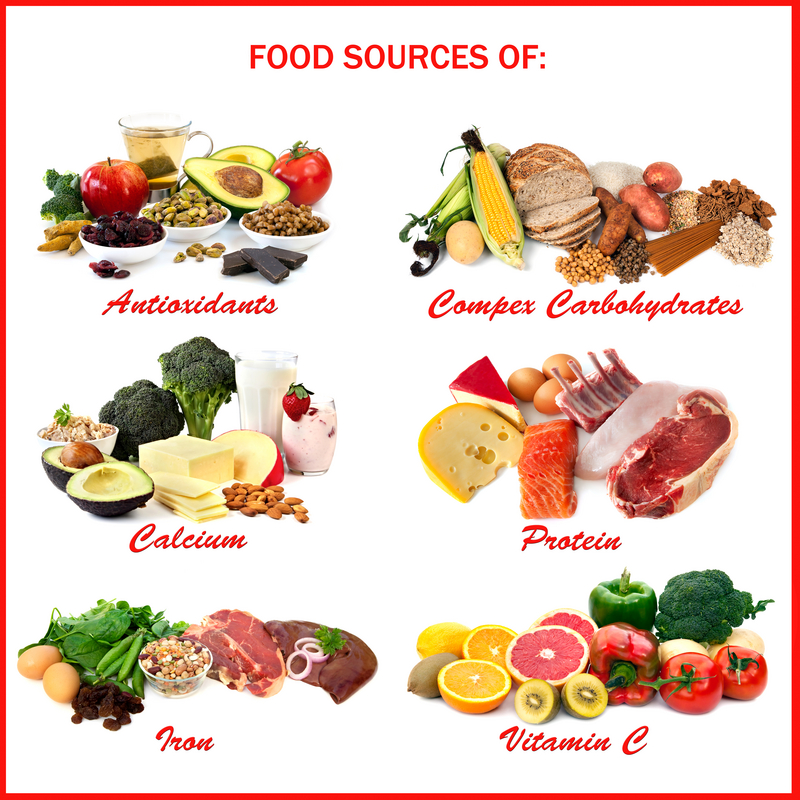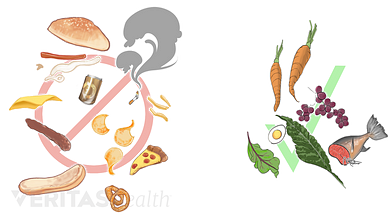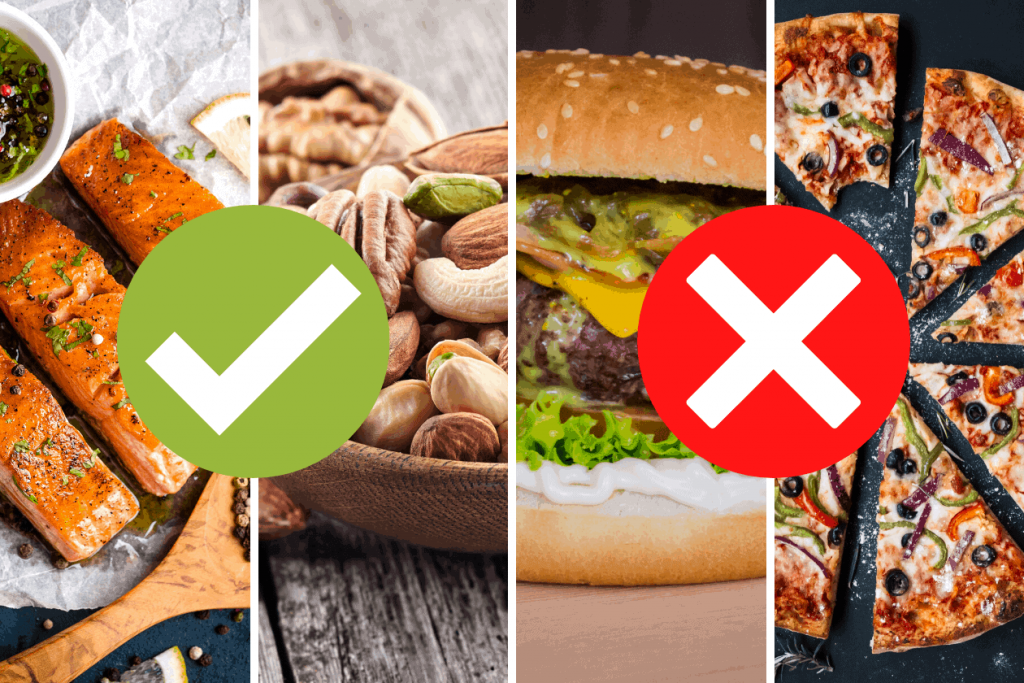
There is a great range of food available for diabetics, and it is important to choose healthy foods based on the individual's needs and lifestyle. For controlling blood sugar levels, it is important to eat a balanced meal. Legumes have high levels of protein, fiber, as well as high-quality carbohydrate. Soluble fiber can help curb hunger and stabilize blood sugar levels. A recent study showed that legumes reduce type 2 diabetes risk. It also improves blood sugar control.
As a low-carb food, avocados are a great choice for diabetics. Avocados are a healthy source of fiber and healthy fats. Walnuts are a great choice for diabetics as they have high levels of omega-3s. You should only eat one serving of walnuts. Chickpeas can be eaten, which are high in fiber as well as protein. They are high-protein and low-carb snacks, since they have a lot of dietary fiber.
While spinach is not a favorite, most people do not like the taste of pumpkin. However, beta-carotene can convert to essential vitamin B and be used as a main meal. You can eat the skin if you are unable to eat them. They can be cooked in a recipe and then served as part a meal. For an extra protein boost, you can mix a scoop of quinoa with your favorite soup or smoothie.

Greek yogurt can be enjoyed as a snack by diabetics. The portion size of this starchy vegetable is 6-8 grams so it can be enjoyed as a snack, or even breakfast. Just make sure to check the label carefully as some brands may contain added sugar. You can also eat fruits in moderation, such as cherries and berries, along with yogurt. Flax seeds are high in lignans, which reduce heart disease risk and improve insulin sensitivity.
Sweet potatoes are a good source of lean protein and high in fiber. They can be cooked and eaten as a snack. Sweet potatoes are a good side dish for lean protein or vegetables, even though they are high in carbs. They are also an excellent source of magnesium, which helps lower your risk of stroke and lowers your risk of developing diabetes. They are therefore the best food for diabetics.
A variety of fruits and vegetables are high in antioxidants and are a good source of fiber. These fruits can be used in smoothies and salads, and they have a low glycemicindex. Greek yogurt is also an option for salads and yogurts. They can be added to your favorite yogurt. You can use them to make smoothies. You can also use them when making salads.
Diabetic diets have to be balanced. Diabetic patients should eat foods that are low in sugar but not high in saturated fats or transfats. Instead of being high in fat, they should be high-in fiber, protein,, and fiber. A diabetic diet should include whole grains as well as fruits and vegetables. Healthy fats should also be part of the diet. These foods are rich in healthy fats.

Healthy eating habits for diabetics include plenty of fruits, vegetables, and whole grains. Fresh, organic, and ripe fruits and vegetables are the best. Low-calorie foods are best for diabetics. There are many ways to incorporate fruits and vegetables into your daily routine. You can also eat nuts every single day. These delicious and healthy foods are great for diabetics. Be careful with your sugar intake to avoid diabetes.
Greek yogurt is another option for diabetics. It is high-fiber and very low in carbohydrates. It can be eaten either as a snack and as a dish. You can include many whole grains in your diet. They are low-calorie, high-fiber foods. Whole-grain breads, for example, are great foods for diabetics as they have low sugar. These breads and pastas also provide fiber.
FAQ
How do you measure body fat?
A Body Fat Analyzer will give you the most accurate measurement of body fat. These devices are used to determine the percentage of bodyfat in people who desire to lose weight.
Is cold a sign of a weak immune response?
According to some, there are two types: people who love winter or those who hate it. You might wonder why you feel so miserable in the cold, no matter how much you love or hate winter.
Our bodies were designed to work best in warm climates. In fact, we evolved to thrive in hot climates because that's where most of our food sources are located.
Today's environment is vastly different from the one our ancestors experienced. We spend more time indoors than ever before, and are often exposed both to cold and heat extremes.
As a result, our bodies aren't used to such extremes anymore. This means that we feel tired, sluggish and even sick when we venture outside.
However, there are some ways to reduce these effects. You can combat these effects by making sure you are well-hydrated all day. Drinking plenty of water will help you keep your body hydrated and flush out toxins.
You must also ensure that you are eating healthy foods. Consuming healthy food helps maintain your body's optimal temperature. This is especially helpful for people who spend a lot of time indoors.
Consider taking a few moments each morning to meditate. Meditation helps to calm your mind and body which can make it easier to deal stress and illness.
What are 5 ways to live a healthy lifestyle?
Healthy lifestyles include eating right, exercise regularly, getting enough rest, managing stress, having fun, and eating healthy. Good eating habits include avoiding processed foods, sugar, unhealthy fats, and avoiding junk food. Exercise strengthens your muscles and helps you lose calories. Sleeping enough is good for memory and concentration. Stress management helps reduce anxiety and depression. Fun keeps us vibrant and young.
How can I reduce my blood pressure
The first thing you need to do is find out what causes high blood pressure. Next, take steps that will reduce the risk. This could include eating less salt, losing weight if necessary, taking medication, etc.
Make sure you're getting enough exercise. Walking is a great alternative if you don't have the time or energy to exercise regularly.
Consider joining a gym if your current exercise regimen is not satisfying you. You will probably join a gym where you can meet other people with similar goals. It's easier for you to exercise if you know that someone will be watching you at the club.
What is the difference among a virus or a bacterium and what are their differences?
A virus is a microscopic organism that cannot reproduce outside its host cell. A bacterium can be described as a single-celled organism which reproduces by splitting in two. Viruses can be as small as 20 nanometers, while bacteria can grow up to 1 micron.
Viruses spread easily through contact with infected bodily tissues, such as saliva and urine, semen, vaginal secretions or pus. Bacteria are often spread via direct contact with contaminated surfaces or objects.
Viruses can get into our bodies through cuts and scrapes on the skin, bites, and other injuries. They can also enter the body through the mouth, nose, eyes and ears, vaginal, rectum or anus.
Bacteria may enter our bodies through cuts and scrapes on our skin, burns, insect bites, and other wounds. They can also enter our bodies from food, water, soil, dust, and animals.
Both bacteria as well as viruses can cause illness. Viruses cannot multiply in their host cells. They can only infect living cells and cause illness.
Bacteria can multiply within their hosts and cause illness. They can also invade other parts of your body. We need antibiotics to get rid of them.
Do I need calories to count?
You might wonder, "What's the best diet for me?" or "is counting calories necessary?" Well, the answer depends on several factors including your current health status, your personal goals, your preferences, and your overall lifestyle.
The Best Diet for me - Which One Is Right for You?
My current health status, personal goals, preferences, and overall lifestyle all play a role in choosing the right diet. There are many diets available, some good and others not so good. Some are better for certain people than others. What can I do to make the right choice? How can I make the right choice?
These are the questions this article will answer. It begins with an overview of the different diets today. After that, you will learn about the pros and disadvantages of each type. Finally, we'll discuss which one is best.
To begin, let's take a quick look at the different types of diets.
Diet Types
There are three main types. Low fat, high proteins, and ketogenic. Let's briefly discuss them below.
Low Fat Diets
A low-fat diet is one that limits the intake of fats. This is accomplished by decreasing the intake of saturated fats such as butter and cream cheese. and replacing them with unsaturated fats (olive oil, avocados, etc.). For those looking to lose weight quickly, a low-fat diet is often recommended. However, this kind of diet may cause problems such as constipation, heartburn, and indigestion. In addition, it may lead to vitamin deficiencies if a person doesn't get enough vitamins from their food.
High Protein Diets
High protein diets restrict carbohydrates in favor of proteins. These diets usually have higher amounts of protein than other diets. These diets can help increase muscle mass and decrease calories. The downside is that they may not provide adequate nutrition for someone who needs to eat regularly. They are not suitable for all people because they can be restrictive.
Ketogenic Diets
Also known as keto diets, ketogenic diets are also called keto diets. They are high on fat but low in carbs and proteins. Athletes and bodybuilders use them because they allow them more time and harder training without feeling fatigued. They do require strict compliance to avoid any side effects like fatigue, headaches, nausea, and headaches.
What is the difference of fat and sugar?
Fat is an energy source that comes directly from food. Sugar is naturally found in fruits and veggies. Both fats and sugars provide the same number of calories. But fats are twice as calories as sugars.
Fats can be stored in the body, which can lead to obesity. They can lead to cholesterol buildup in the arteries, which could cause heart attacks or strokes.
Sugars are quickly absorbed by the body and provide instant energy. This causes blood glucose levels to rise. High blood glucose levels are dangerous as it can increase the likelihood of developing type 2 diabetes.
Statistics
- WHO recommends reducing saturated fats to less than 10% of total energy intake; reducing trans-fats to less than 1% of total energy intake; and replacing both saturated fats and trans-fats to unsaturated fats. (who.int)
- This article received 11 testimonials and 86% of readers who voted found it helpful, earning it our reader-approved status. (wikihow.com)
- The Dietary Guidelines for Americans recommend keeping added sugar intake below 10% of your daily calorie intake, while the World Health Organization recommends slashing added sugars to 5% or less of your daily calories for optimal health (59Trusted (healthline.com)
- In both adults and children, the intake of free sugars should be reduced to less than 10% of total energy intake. (who.int)
External Links
How To
What does the term "vitamins" mean?
Vitamins can be described as organic compounds found in food. Vitamins allow us to absorb nutrients from food. Vitamins cannot be produced by the body. They must be acquired from food.
Two types of vitamins exist: water-soluble vitamin and fat-soluble vitamin. Water soluble vitamins dissolve easily in water. Some examples include vitamin C,B1 and B2 vitamins (thiamine), B2 and riboflavin, B3 and B6 vitamins (niacin), folic acids, biotin, pantothenic acids, and cholesterol. Fat-soluble vitamins are stored in the liver, fatty tissue and kidneys. Some examples include vitamin D and E, K, A and beta carotene.
Vitamins can be classified by their biological activity. There are eight major categories of vitamins.
-
A - Vital for normal growth and maintaining good health.
-
C - vital for proper nerve function, and energy production.
-
D - Vital for healthy bones and teeth
-
E - needed for good vision and reproduction.
-
K – Required for healthy nerves & muscles.
-
P - essential for strong bones, teeth and tendons
-
Q - Aids digestion and iron absorption
-
R – Required for the formation of red blood vessels.
The recommended daily allowance of vitamins (RDA), varies according to age, gender, physical condition, and other factors. RDA values are set by the U.S. Food and Drug Administration (FDA).
For adults over 19, the RDA for vitaminA is 400 micrograms per daily. Pregnant women require 600 micrograms daily to support fetal development. Children ages 1-8 require 900 micrograms per day. Children under 1 year old require 700 micrograms daily, while infants over one year old need 500 micrograms every day. This decreases between 9 and 12 months.
Children ages 1-18years who are obese need 800 micrograms per day while those who are overweight need 1000 micrograms per day and children who are underweight need 1200 micrograms per day to meet their nutritional needs.
Children aged 4-8 years old who have been diagnosed as having anemia require 2200 micrograms of vitamin C per day.
2000 micrograms per person is necessary for general health. Mothers who are pregnant, nursing, or have a high nutrient need will require 3000 micrograms a day.
1500 micrograms are required daily by adults over 70 because they lose approximately 10% of their muscle each decade.
Women who are pregnant and lactating need more nutrients than the RDA. Pregnant and breastfeeding women require 4000 micrograms each day during pregnancy and 2500 Micrograms each day after delivery. Breastfeeding mothers need 5000 micrograms per day when breast milk is being produced.